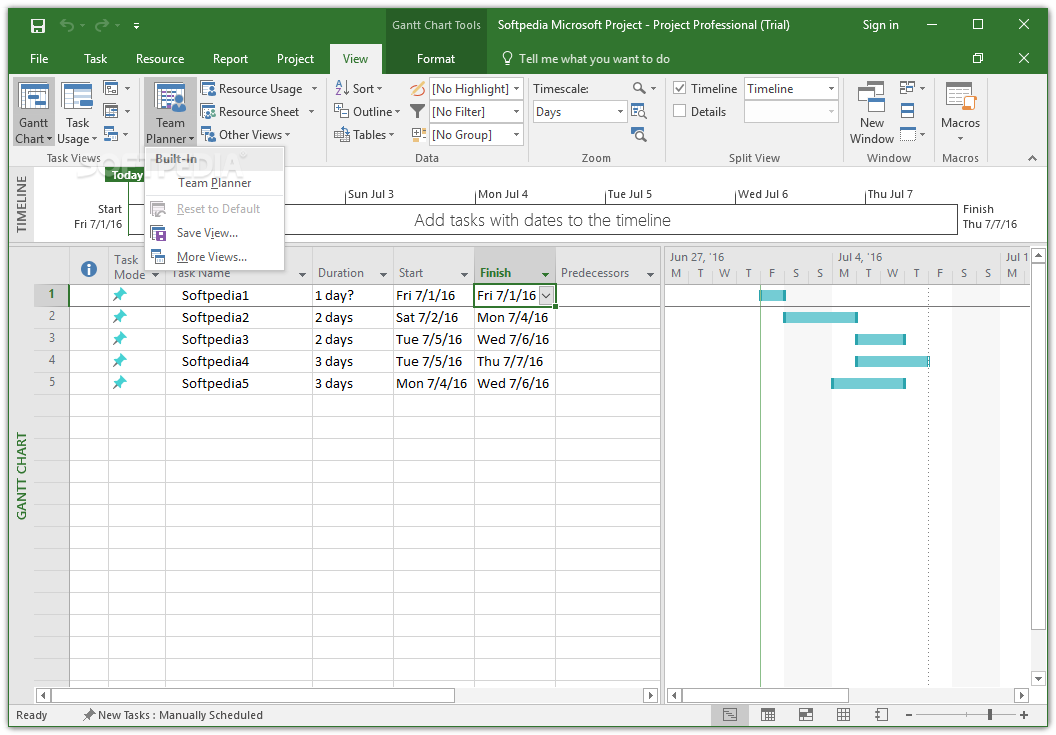Apple began transitioning to 64-bit hardware and software technology for Mac over a decade ago, and all modern Macs now include powerful 64-bit processors that can run advanced 64-bit apps. These apps can access dramatically more memory, enable faster system performance, and take advantage of technologies that define today's Mac experience.
Apple has been working with developers to transition their apps, and in 2018 Apple informed them that macOS Mojave would be the last version of macOS to run 32-bit apps. Starting with macOS Catalina, 32-bit apps are no longer compatible with macOS.

In the Contents pane, choose Software. If 64-bit Kernel and Extensions: is set to Yes, then you are running a 64-bit version of the operating system. If 64-bit Kernel and Extensions: is set to No, then you are running a 32-bit version of the operating system. To Switch Between 32-bit and 64-bit mode: Power OFF the computer. By default, your Snow Leopard system (except for Xserves) boots into a 32-bit kernel, even on the latest Macs. That doesn't keep you from running 64-bit applications and addressing more than 2 GB.
If you get an alert about a 32-bit app
You will see one of these alerts when attempting to open a 32-bit app:
[app name] needs to be updated.
The developer of this app needs to update it to work with this version of macOS. Contact the developer for more information.
[app name] is not optimized for your Mac and needs to be updated.
This app will not work with future versions of macOS and needs to be updated to improve compatibility. Contact the developer for more information.
When installing macOS, you may see a list of recently used apps that are 32-bit. You can review this list before deciding to continue installation. You may also see a prohibitory symbol over the icon of each 32-bit app in the Finder, letting you know that the app will not open.
For all 32-bit apps, please contact the developer of the app to learn whether an updated version of their software is available or planned.
You’ve probably noticed that there are a few versions of REAPER on the download page. 32-bit or 64-bit. This is a big source of confusion for new users.
I heard that 64-bits sounds better or something. LOL
OK, the first thing to understand is that this has nothing to do with how REAPER sounds. You see these numbers used a lot with digital audio, for the operating system, file types, program coding, and mixing bit-depth. In this particular case it makes no difference to the sound quality.
Which one should you use?
If you run a 32-bit operating system, such as Windows XP, your choice is simple. 32-bit. [editor’s note – XP is 11 years old and was officially non-supported in 2009. UPGRADE NOW!]
Windows 7 is available in 32 or 64 bit (64 is recommended) versions, and OSX 10.7 Lion is 64-bit. With a 64-bit operating system you can use either REAPER 32-bit or 64-bit.
I still don’t get it
The real difference is a matter of two factors.
- How much RAM do you need?
- Are all your plugins 64-bit?
Is My Mac 64 Bit
RAM
With the 32-bit version of REAPER running on a 64-bit system, there is a limit to how much RAM can be used at once. You will see a warning when you exceed 1800 MB, stability will be very questionable past that even if your computer has 4GB or more. The 32-bit version doesn’t seem like a good choice now.
The 64-bit version of REAPER running on a 64-bit system has access to every last bit of available RAM in the system. 64-bit is generally the better option, but maybe not, see the next point.
The Bridge
This part is all down to how your plugins are coded. When you run the 64-bit version and not all your plugins are coded in 64-bits, you have to deal with the bridge. The bridge allows you to run 32-bit plugins in the 64-bit environment.
The issue with the bridge is that those 32-bit plugins are now a separate program and often get hidden by the main REAPER window instead of floating on top. Also your key commands like starting/stopping playback don’t work while these floating windows are active. This takes some getting used to and if you have a lot of 32-bit only plugins it can get annoying very quickly.
New 32 Bit Computers
There is also a 64-bit bridge for when you want to run a 64-bit only plugin in 32-bit REAPER, but that’s pretty rare.
Seriously, just tell me which one to download!
To summarize: 64-bit version has access to way more RAM than the 32-bit version but the bridge can get annoying if you have a lot of plugins. The 32-bit version is limited to a relatively low amount of RAM but since there are very few 64-bit only plugins, you don’t deal with the bridge unless you want to.
Download Macbook Pro Os Disk
We here at the REAPER Blog recommend the 32-bit version and run your RAM hungry plugins (usually just samplers or sample-based instruments) as either separate or dedicated processes. The relatively low RAM limit doesn’t matter this way because the RAM hungry stuff is outside of REAPER. We’ve found this to be the best solution.In the years since this article was first written things have changed somewhat. The vast majority of plugins are 64-bit today and unless you have a very old computer that can’t be upgraded past 4GB of RAM, you should be using the 64-bit version of REAPER.
32 Bit Mac Os X
Save